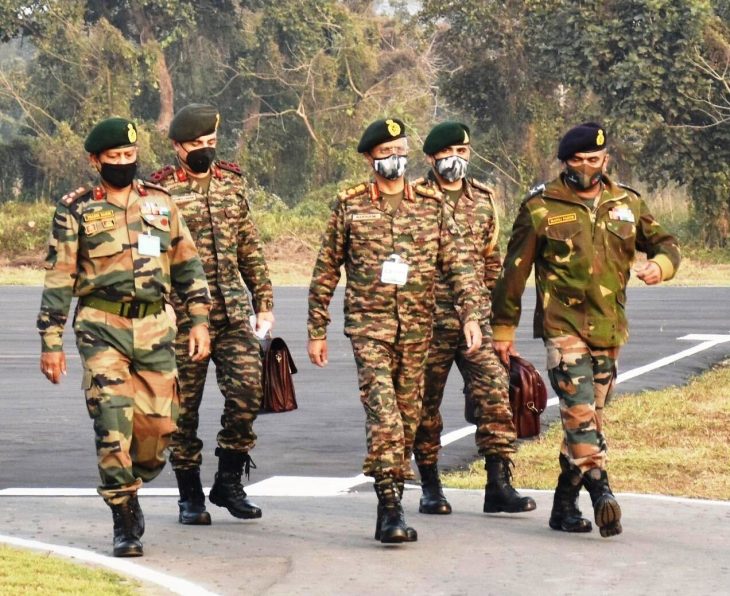The Indian Army is set to get a long-awaited dedicated military communication satellite as the Defence Acquisition Council approved Acceptance of Necessity (AoN) for Capital Acquisition proposals of Armed Forces. Defence Minister Rajnath Singh gave his nod to the Acceptance of Necessity for GSAT-7B Satellite that will enhance operational preparedness of the Armed Forces and boost its communication capabilities.
Apart from the communication satellite, the Defence Acquisition Council also accorded its nod to the procurement of Night Sight (Image Intensifier), Light Vehicles GS 4X4 and Air Defence Fire Control Radar (Light) that will provide better visibility, enhanced mobility, improved communication and increased capability of detecting enemy aircraft.
“As an impetus to ‘Aatmanirbhar Bharat’, all of these proposals have been approved under the ‘buy (Indian IDDM)’ category with a focus on indigenous design & development and manufacturing in India,” the ministry said in a statement.
WHAT IS GSAT-7B SATELLITE?
The GSAT-7B is a communication satellite part of the GSAT-7 series, which was first launched in 2013 by the Indian Space & Research Organisation (Isro). The launch of the satellite ended the dependency of the Indian Navy on foreign satellites like Inmarsat for communication services.
According to Isro, “GSAT-7 is an advanced communication satellite built by ISRO to provide a wide range of service spectrum from low bit rate voice to high bit rate data communication. The GSAT-7 Communication payload is designed to provide communication capabilities to users over a wide oceanic region including the Indian land-mass.”
Launched in the geosynchronous transfer orbit, the satellite, also dubbed Rukmini, has emerged as a potent communication tool for the armed forces for nearly a decade. The spacecraft was equipped with transponders in Ku band, S-band, C band and UHF (ultra-high frequency) band to improve the maritime communications among the Indian Navy’s warships.
Rukmini was the first military satellite developed by Isro and launched atop an Ariane 5 ECA rocket from Kourou in French Guiana. The satellite connects the Navy’s warships, aircraft, submarines and land-based communication systems in real-time.
India followed GSAT-7 with GSAT-7A, dubbed the “Indian Angry Bird”, launched in 2018. This satellite helped in the formation of a band of communications satellites for the Indian military. The 2,250-kg military communications satellite helped in connecting all assets of the Indian Air Force and serves as a force multiplier. GSAT-7A provides communication capability to users in Ku-band over the Indian region, Isro said, adding that the mission life of GSAT-7A is eight years.
At the moment, GSAT-7 and GSAT-7A are the only two dedicated satellites for the Indian armed forces and with GSAT-7B, their tribe is set to grow. GSAT-7B will be used by the Indian Army, which so far uses 30 per cent of GSAT-7A’s transponder capacity.
“As part of the Aatmanirbhar Bharat initiative, Defence Acquisition Council has approved the acquisition of a state of the art, multiband, military-grade satellite for the Indian Army. The satellite will be a force multiplier in providing fail-safe communication support,” the Indian Army said in a statement.





